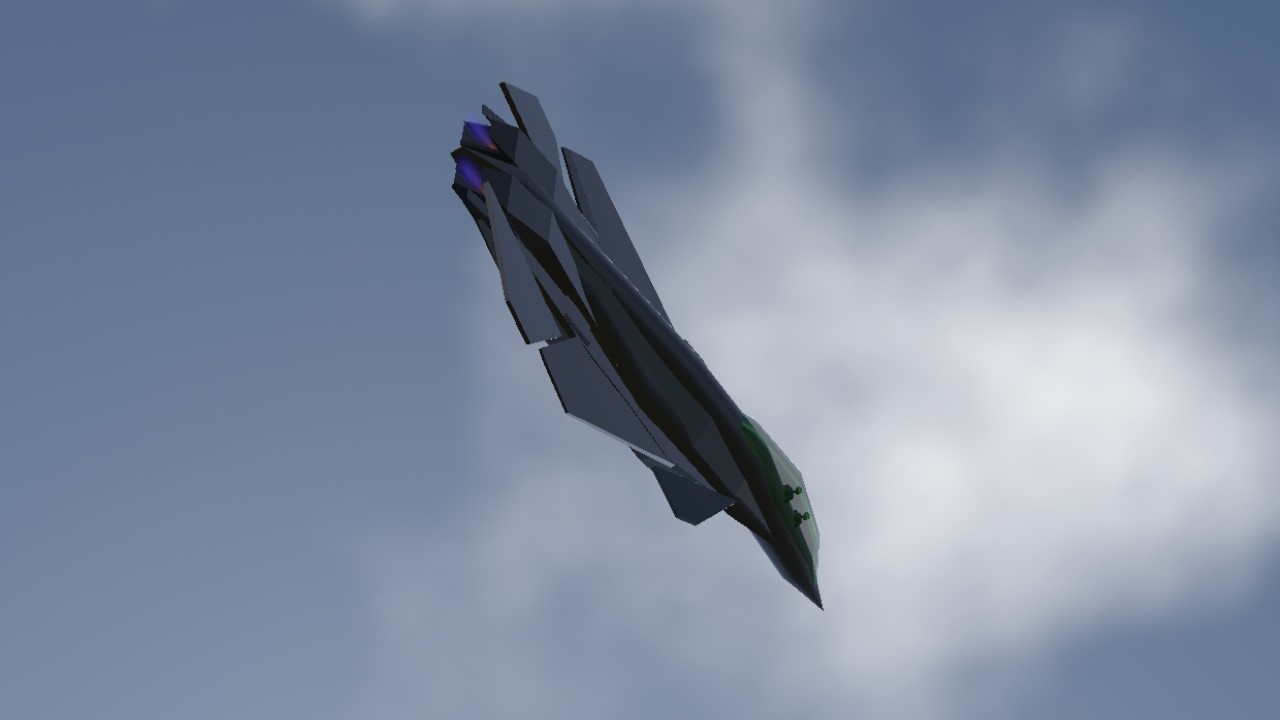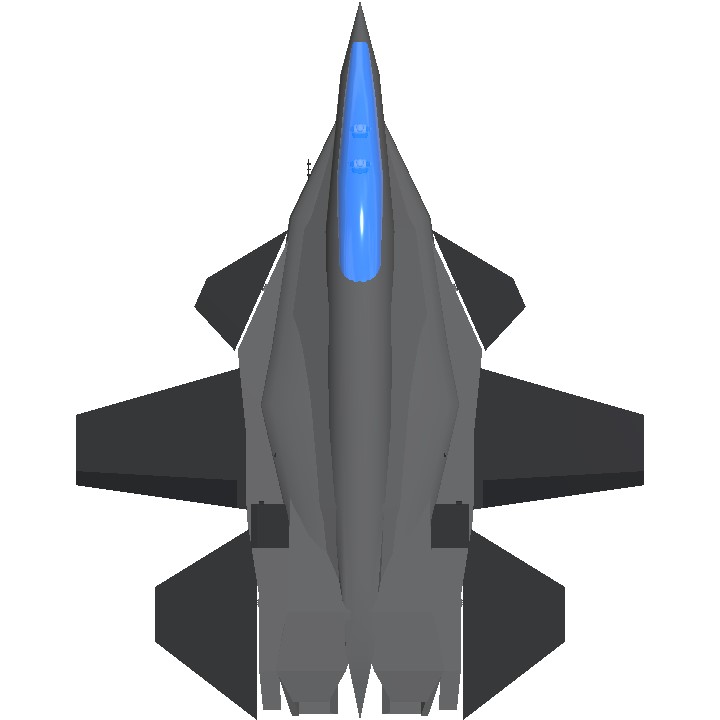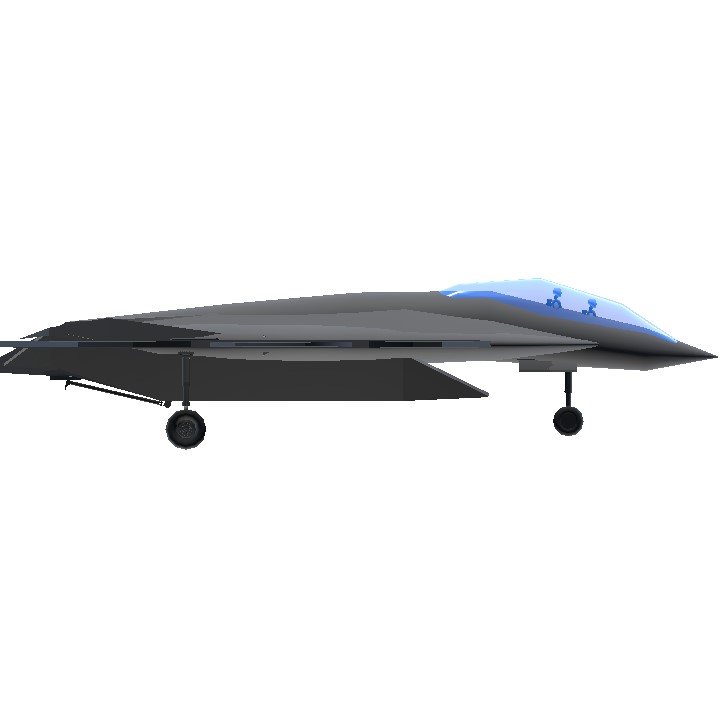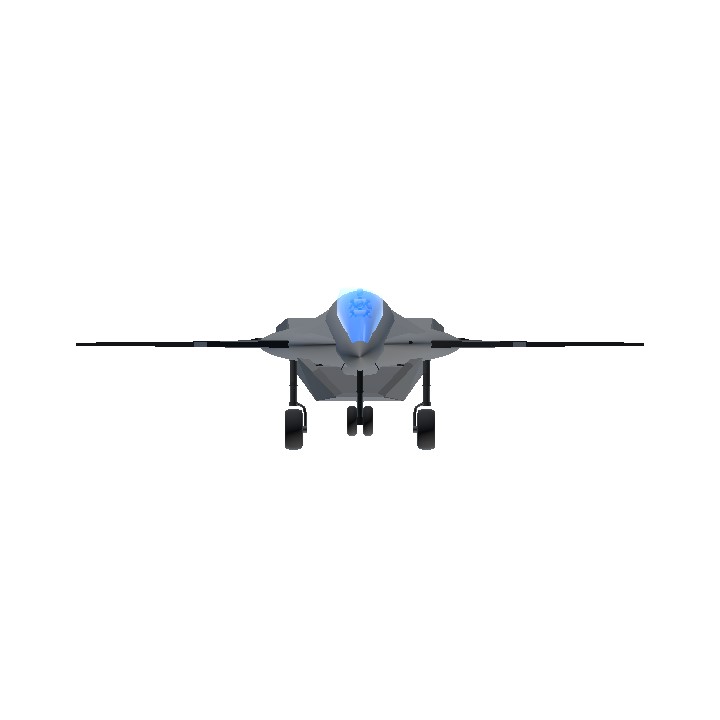Origin Story of the Jenjisan IHU-9 Iluha Stealth Jet
Year: 2035
In the wake of escalating geopolitical tensions in the Asia-Pacific region, Malaysia recognized the urgency for a modernized defense strategy. The need for advanced aerial capabilities became glaringly apparent as neighboring nations expanded their military technologies, particularly their stealth and surveillance assets. To address this challenge, the Malaysian government initiated Project Jenjisan—a groundbreaking initiative aimed at developing a next-generation stealth fighter jet.
Phase 1: Vision and Collaboration
In early 2032, Malaysia partnered with leading aerospace experts and local universities, establishing a consortium of engineers, scientists, and defense strategists. Recognizing the importance of sustainability, the team was tasked not only with creating a state-of-the-art combat aircraft but one that utilized innovative green technologies.
With a vision to combine indigenous design elements with proven aerospace technologies, the consortium drew inspiration from both traditional Malaysian cultural motifs and cutting-edge aerodynamic principles. They envisioned a jet that not only performed exceptionally but also reflected Malaysia's rich cultural heritage.
Phase 2: Design and Development
By 2034, the project progressed rapidly. The design phase birthed the IHU-9 Iluha, a name that translates to "swift and silent" in the local language. The Iluha’s design was characterized by its angular lines, stealthy silhouette, and advanced composite materials that absorbed radar waves, rendering it nearly invisible to enemy detection systems.
The aircraft was equipped with an array of advanced systems, including:
Advanced Avionics: The Iluha incorporated artificial intelligence to enhance air combat decision-making and real-time target acquisition. This included a state-of-the-art sensor fusion system to amalgamate data from various sources.
Green Technologies: The IHU-9 was powered by a revolutionary hybrid engine that combined traditional jet fuel with biofuels derived from Malaysian palm oil. This not only reduced the aircraft's carbon footprint but also ensured energy security, supporting the local economy.
Multi-role Capabilities: Designed as a multi-role fighter, the Iluha was equipped for air superiority missions, ground strikes, and intelligence gathering. It was also fitted with advanced electronic warfare systems to disrupt enemy radar and communication.
Phase 3: Testing and Refinement
After years of intense research and prototyping, the first prototype of the IHU-9 Iluhaw was unveiled in late 2034. It underwent rigorous flight tests in multiple terrains, showcasing its agility, speed, and stealth capabilities. During these trials, the aircraft exceeded performance expectations, and its successful maneuvers helped refine combat strategies for the Royal Malaysian Air Force.
Phase 4: Entry into Service
In 2036, following validation by military experts and successful financing through public-private partnerships, the IHU-9 Iluha officially entered service with the Malaysian Air Force. The jet quickly established itself as a centerpiece of Malaysia's military capabilities, symbolizing national pride and technological prowess. The aircraft was showcased in several international airshows, generating interest from other nations seeking to enhance their own defense capabilities.
Phase 5: Legacy and Impact
As the world entered a new era of aerial warfare, the Jenjisan IHU-9 Iluha redefined combat dynamics in the region. It not only served as a deterrent against potential threats but also fostered regional cooperation through joint exercises and technology-sharing agreements. The success of Project Jenjisan demonstrated Malaysia's capacity for innovation and solidified its position as a formidable player in the defense industry.
The legacy of the IHU-9 Iluha extended beyond its role in combat; it inspired a new generation of engineers and scientists within Malaysia, nurturing a culture of innovation and collaboration that defined the country's future in aerospace technology. As the world became increasingly interconnected, the Jenjisan IHU-9 Iluha stood as a testament to Malaysia’s commitment to sovereignty, technological advancement, and sustainable defense solutions.
Specifications
Spotlights
- YarisSedan 5 months ago
- Apollo018362 5 months ago
General Characteristics
- Predecessor Stealth Challenge
- Created On Android
- Wingspan 59.3ft (18.1m)
- Length 75.5ft (23.0m)
- Height 17.2ft (5.2m)
- Empty Weight N/A
- Loaded Weight 48,438lbs (21,971kg)
Performance
- Power/Weight Ratio 8.351
- Wing Loading 50.5lbs/ft2 (246.3kg/m2)
- Wing Area 960.0ft2 (89.2m2)
- Drag Points 12733
Parts
- Number of Parts 127
- Control Surfaces 2
- Performance Cost 886





Also thank you to @GuyFolk for the canards XML modding
damn dude your upload frequency is insane